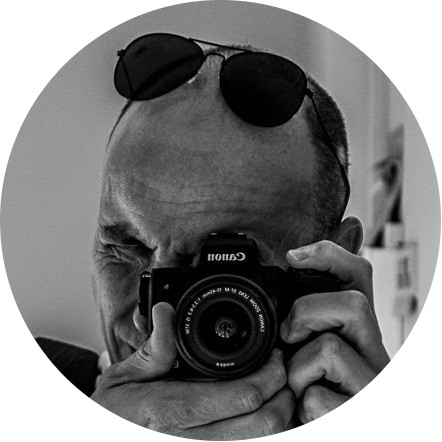For regular readers of this blog, you will be aware that about my knee troubles as a runner. Recently I have been seeing an NHS physiotherapist who has focussed on strengthening my VMO muscle group around the knee. I was seeking a second (or maybe third) opinion and possibly a different approach to treatment. My company has a deal with a local osteopath who offers a discount to employees. I decided to take up the offer.
So, what does an osteopath do?
Osteopathy is a way of detecting, treating and preventing health problems by moving, stretching and massaging a person’s muscles and joints. It is based on the principle that the well-being of an individual depends on their bones, muscles, ligaments and connective tissue functioning smoothly together.
Osteopaths use physical manipulation, stretching and massage with the aim of:
- increasing the mobility of joints
- relieving muscle tension
- enhancing the blood supply to tissues
- helping the body to heal
They use a range of techniques but not drugs or surgery.
In the UK, osteopathy is what is known as a complementary or alternative medicine and is seen to be different from conventional western medicine. Although osteopaths may use some conventional medical techniques, the use of osteopathy isn’t always based on scientific evidence.
Osteopathy is rarely available on the NHS and therefore you pay privately for treatment.
Why did I choose to seek this treatment?
Alternative medicine is not something I generally go for. Chiropracty, homoeopathy, acupuncture, hypnotherapy, and herbal medicine all things I’ve heard of but never bothered with. Actually, I never realised osteopathy was classed in the same group as these other treatments.
It was just earlier this week that I was making a round of drink in the kitchen at work when I spotted a new post on the wall. The local natural health clinic was offering 30% osteopathy for employees. The tight Yorkshireman in me liked the sound of such a hefty discount so I looked into osteopathy a little more.
I realised that this could really help my knee. I’d been told my both my GP and physiotherapist that is was a mechanical issue so it was certainly something with the remit of an osteopath. I gave them a call. They said it was something they could look at with me and made me an appointment.
What happened at my first appointment?
Last year I had a few sports manages. I was a tad nervous before the first one as I was expecting pain. It was actually just fine and did help. So today I walked into the clinic expecting a chat about the issues and an examination. Darrent, my osteopath, wasted no time. He went through my medical history, then he went to work on my leg…!
Oh, my days! It wasn’t painful as such, but he was loosening muscles and tendons that felt like they had been cemented together. He said that my VMO muscles and associated tendons were like bricks. This was not a compliment! My IT band was not much better. In fact, it wasn’t better at all, in any way. Darren spent the best part of my half hour appointments systematically loosening these muscles and tendons.
I can’t say it was painful, that wouldn’t be right. It was uncomfortable at times. But oddly, the sense of relief as these muscles slowly started to release the long built up tension within them was amazing.
Darren then talked about using a foam roller and has lent me one that is softer than my own for use on my IT band. He even demonstrated how to use it properly – it seems the dufus in me was doing it wrong.
The final task was to book in for next week to continue the work on my leg.
First thoughts
I wasn’t at all sceptical about this treatment. My view is that I will try anything that can possibly help me get back to running again. Actually, having had my first session I am feeling really positive that this along with the physiotherapist strengthening exercises will speed up my rehab and get me back on the road again.
If anyone reading this is suffering from an issue with muscles or joints then it is worth looking at osteopathy. Take a look at osteopathy.org.uk for more information and to find registered practitioners.
Disclaimer: I visited an Osteopath called Darren Chandler (you can find him here darrenchandlerosteopath.co.uk). I paid for my own treatment and this post is in no way a sponsorship or endorsement. Before engaging in any treatment do your own research and consult your GP first.

